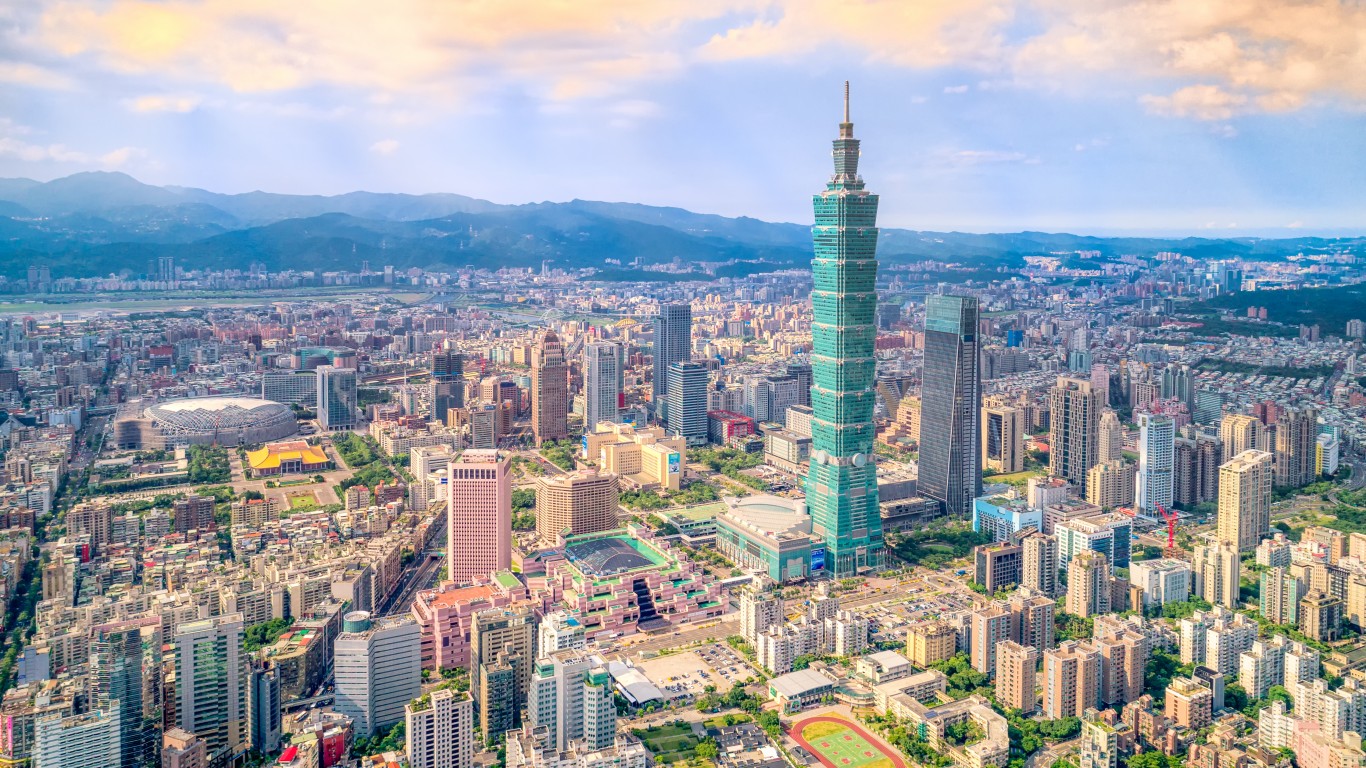
The Chinese Civil War ended in 1949 with the evacuation of the defeated Nationalists to Taiwan. However, it may be more accurate to think of that as the end of the second phase of an ongoing century-long conflict (the first began in the 1920s). The People’s Republic of China has always been adamant that the Republic of China (Taiwan) is an inalienable part of China’s territory. A 2022 statement from the Ministry of Foreign Affairs uses those very words verbatim.
The Republic of China renounced its claims on the mainland in 1991, preferring to maintain the uneasy status quo of de facto sovereignty. The global community has gone along with this charade, adhering to the “one China” policy while tacitly accepting Taiwan’s independence. Despite a huge military advantage, China did not have the means to press its claim on Taiwan but that may be about to change. China is undergoing a massive modernization program for its military and will have the means to invade by around 2027. If it does come, resisting a Chinese invasion will be a daunting task for Taiwan. However, the terrain offers some key advantages for the defenders. This article will examine the steps Taiwan could take to defend against a Chinese invasion in 2027 or beyond.
Why This Matters

Taiwan’s continued unofficial independence is a lynchpin for the United States’ strategic priorities in the Indo-Pacific region. The presence of a friendly democratic regime on China’s doorstep helps to curb Beijing’s regional influence. The loss of Taiwan would be a hammer blow to continued American hegemony. As unthinkable as an armed confrontation with Beijing is, it is an outcome that must be prepared for.
Diplomatic Solutions

Given the wide gap in military power between China and Taiwan, perhaps the most sensible way forward is the path of least resistance. Beijing would be receptive to an arrangement similar to its “one country, two systems” approach to Hong Kong. Taiwan would probably be able to retain a fair amount of autonomy and the lure of avoiding conflict would give Taipei decent leverage in negotiations with Beijing. Enormous losses and economic destruction could be avoided for both sides.
The problems with this approach are twofold. First, there’s no way to ensure China will adhere to any agreement to honor Taiwan’s systems and values. Just as the mass protests in Hong Kong in 2019-20 showed, “one country, two systems” is easy to proclaim but much harder to manage. Second, the will of the people of Taiwan is firmly against unification with China. Most Taiwanese desire a continuation of the status quo, either indefinitely or with the long-term goal of official independence. As Beijing would never allow a declaration of independence, there is no viable path toward a peaceful solution both states can live with.
Deterrence
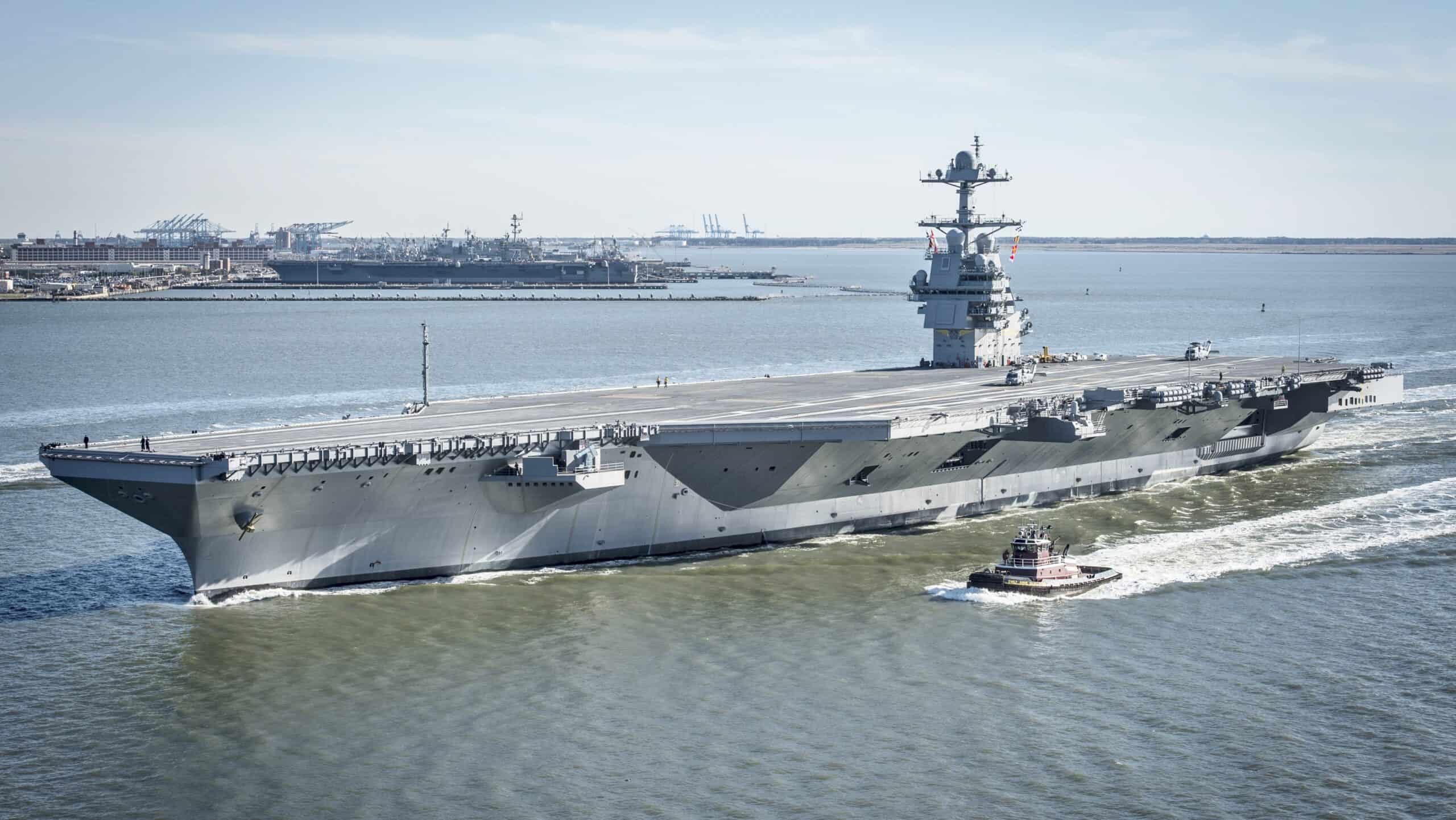
Officially, Taiwan has only a dwindling number of economically and militarily weak diplomatic allies. None of them would be much help in a military sense. The Vatican’s Swiss Guard would cut a fine appearance on the beaches of Taiwan but ceremonial halberds won’t be much help against missiles. However, Taiwan has one ace up its sleeve that could go a long way to preventing an invasion: the unofficial backing of the United States.
The United States severed ties with Taiwan in 1979 when it recognized the People’s Republic of China. However, it also passed the Taiwan Relations Act in 1979 which outlines American support for Taiwan’s self-defense. Initially, this meant selling arms to Taiwan but in 2023, the United States began sending direct military aid. An $8.1 billion aid package to Taiwan was agreed in April 2024.
Would the United States intervene in a war between China and Taiwan? The American “strategic ambiguity” policy keeps that answer vague. It’s a delicate balancing act between paying lip service to Beijing’s “One China” policy and implying an invasion of Taiwan would have dire consequences. Because a conflict between China and the United States is a mutually disastrous outcome both wish to avoid, it could be enough to dissuade Beijing from launching an invasion. However, without a strong statement of support, there is always the risk China will call the United States’ bluff.
Deterrence should be the priority but with limited diplomatic options, Taiwan needs to bolster its defenses.
Mines
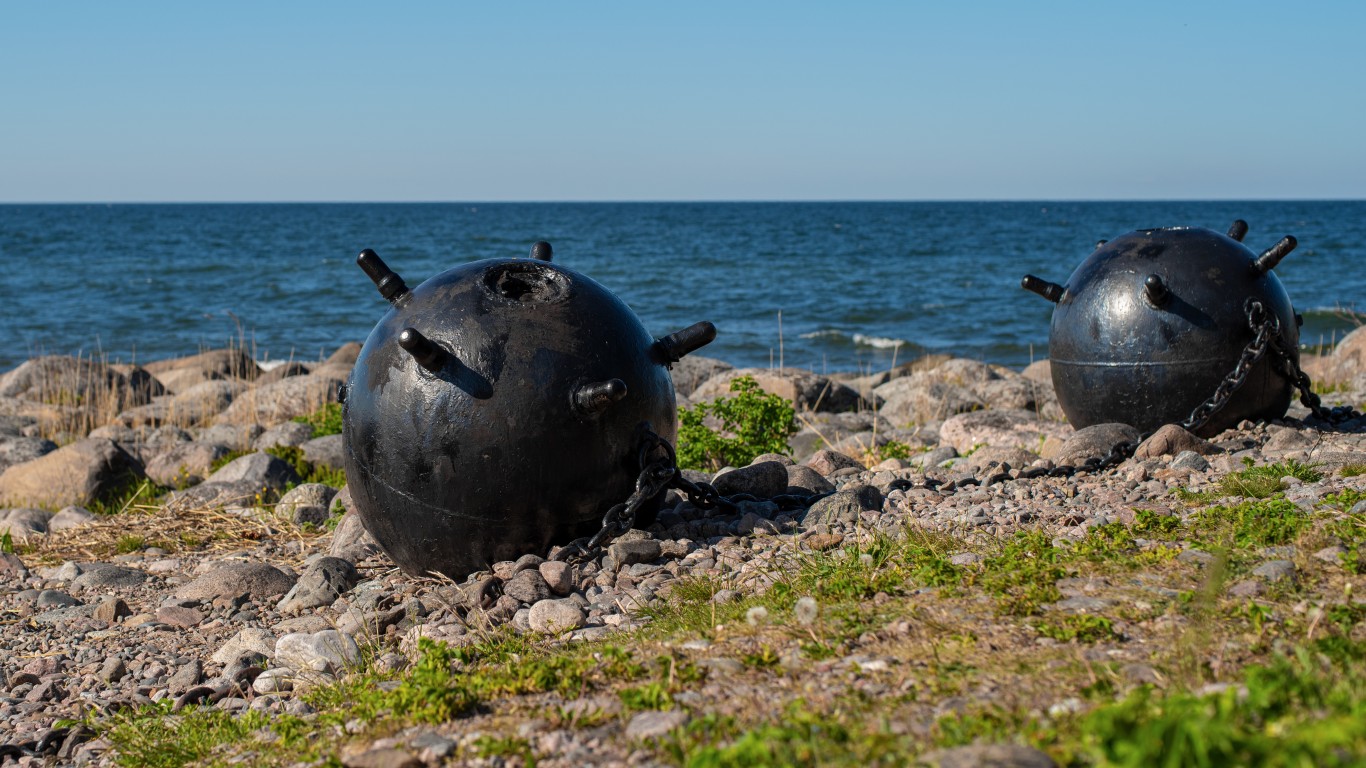
Taiwan cannot possibly hope to match China’s military strength on a one-to-one basis. It has neither the population nor the industrial base to come anywhere near parity. However, there are cheap but highly effective options to slow down the Chinese advance. Mining the Taiwan Strait would be a good first step. The People’s Liberation Army Navy (PLAN) has not invested much in its anti-mining capabilities and that’s an area Taiwan could seek to exploit. As well as ships dedicated to the purpose, naval mines can be laid by submarines, drones, and aircraft.
A more ambitious plan could be to mine the approaches to Kinmen at Weitou Bay and Xiamen. Kinmen is only a few miles off the Chinese mainland and was unsuccessfully attacked during the Civil War. The invasion was beaten back in one of the few nationalist victories in 1949. It’s unlikely Kinmen would remain in Taiwanese hands this time around but it could be a useful staging point for mining operations in the early stages of conflict. Similarly, the Matsu islands to the north of Taiwan would almost certainly have to be abandoned in an invasion scenario but not before leaving a few “gifts” behind for the PLA to deal with.
Mining won’t win the war alone but could slow the Chinese advance and buy much-needed time to prepare inner defenses. Additionally, as there are only a few months each year when a naval invasion is possible, extensive mining could push back operations for an entire year. Every extra day bought by the mines is another crucial 24 hours to prepare Taiwan’s defenses.
Barricades
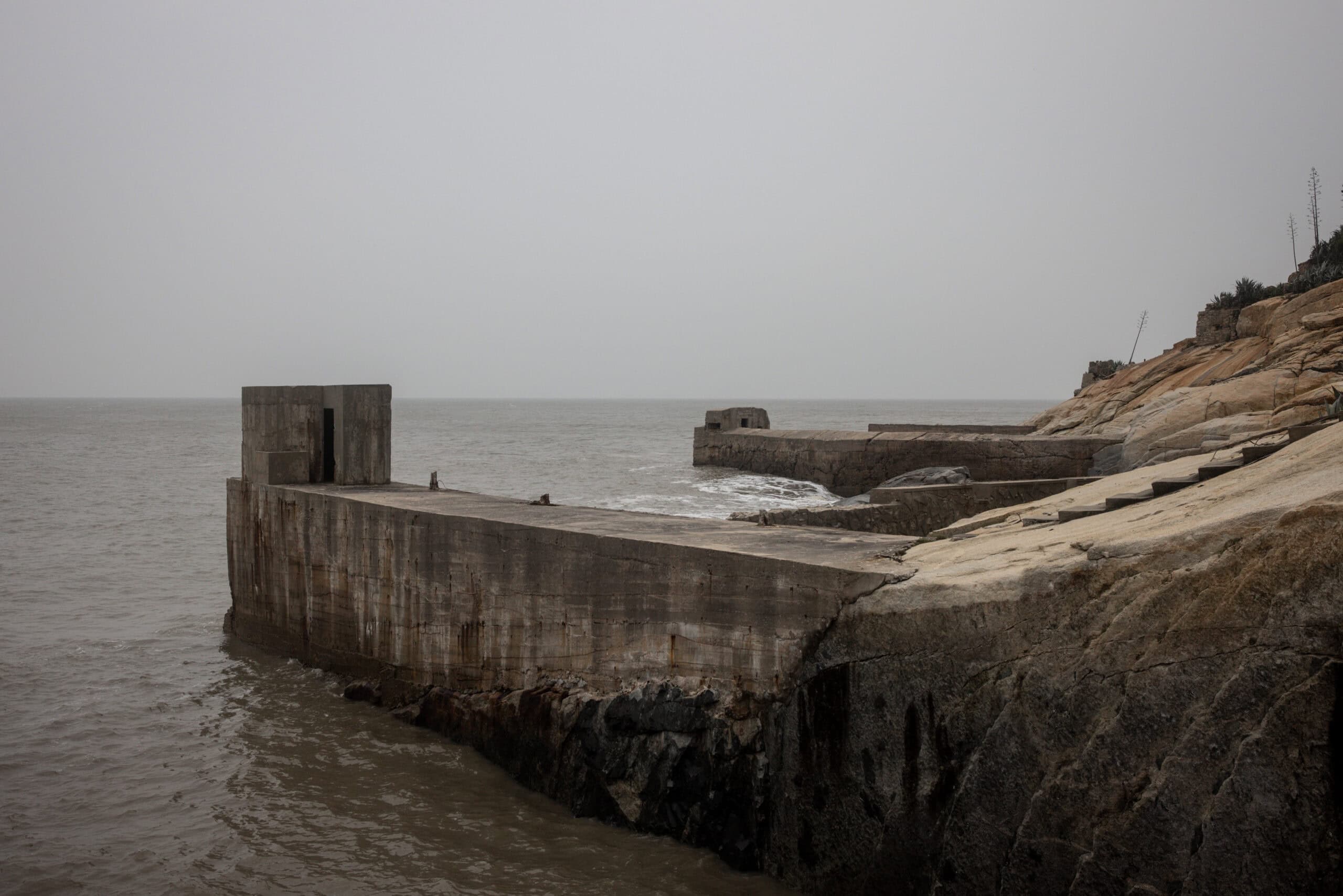
Another cheap but effective solution would be to use barricades. The coastal waters around Taiwan are shallow meaning they can be blocked for little outlay. Taipei could, for example, purchase and scuttle scores of obsolete ships at the approach of the PLAN. Alternatively, Taiwan could place spikes, blocks, or other barriers just under the water’s surface. Removing the barricades would be tedious work and offer an inviting target for Taiwan’s self-propelled artillery and aircraft. Quick, well-timed artillery and air strikes could cause significant material and morale damage to the invading forces. Taiwan ordered a total of 29 HIMARS (high mobility artillery rocket system) launchers from the United States in 2020 which are due to arrive by 2026. Using “shoot and scoot” tactics, these launchers could inflict huge damage on any vessel that comes into their range and quickly move out of danger.
There are only around a dozen so-called “Red Beaches” where an invading force can land in Taiwan. A combination of barriers, mines, and sunken ships could a long way to blunting the advance. While these measures alone won’t win any future conflict, they will form a key part of any successful defense of Taiwan.
Raiding
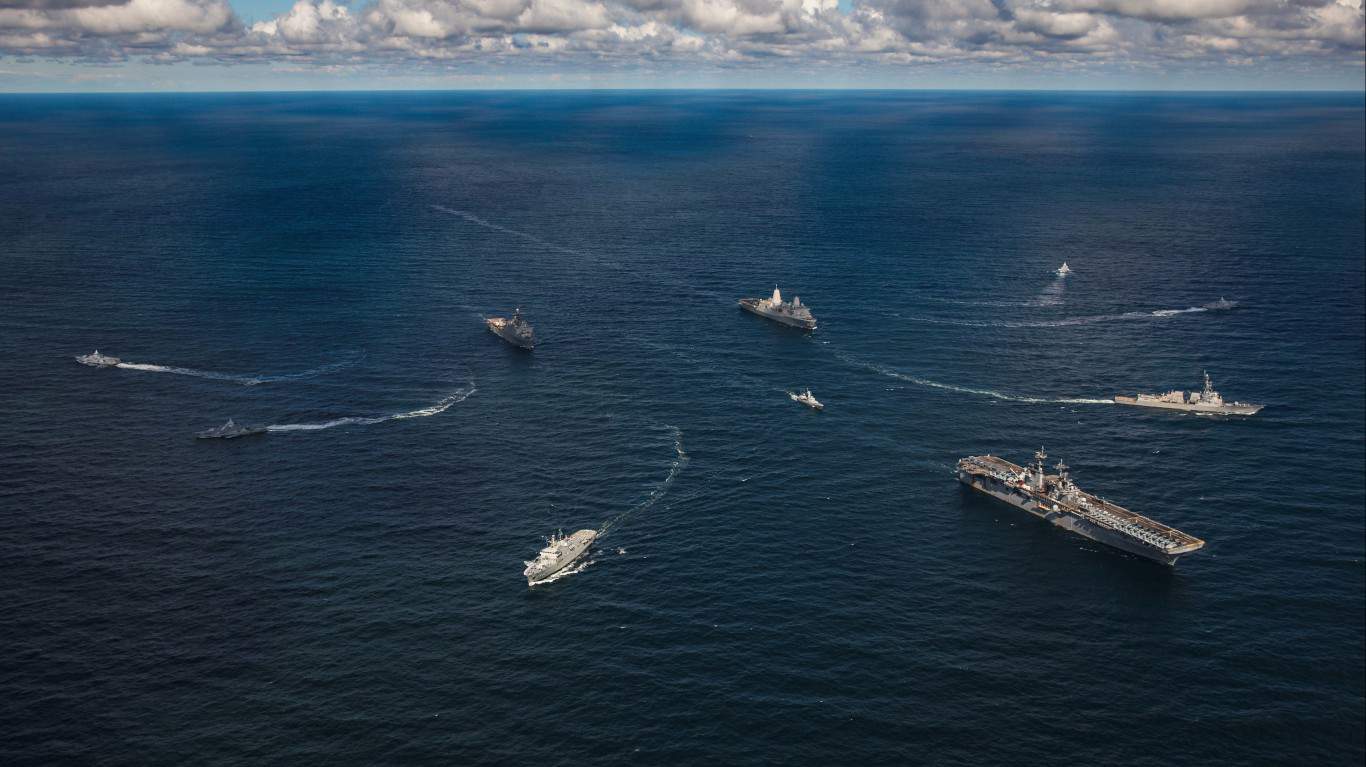
Taiwan has invested in modernizing its submarine fleet and building small, stealthy corvettes with anti-ship capabilities. It has one of the largest navies in the world but is still far behind the PLAN. Attacking head-on would be a waste but its navy can still play an important role in defending Taiwan. The best use of its naval assets would be raiding China’s supply lines and trying to catch troop transports at sea. Taiwan could also attempt to disrupt Chinese maritime trade at the Pearl River Delta but the sheer size of the PLAN will make this incredibly difficult.
Defense In Depth
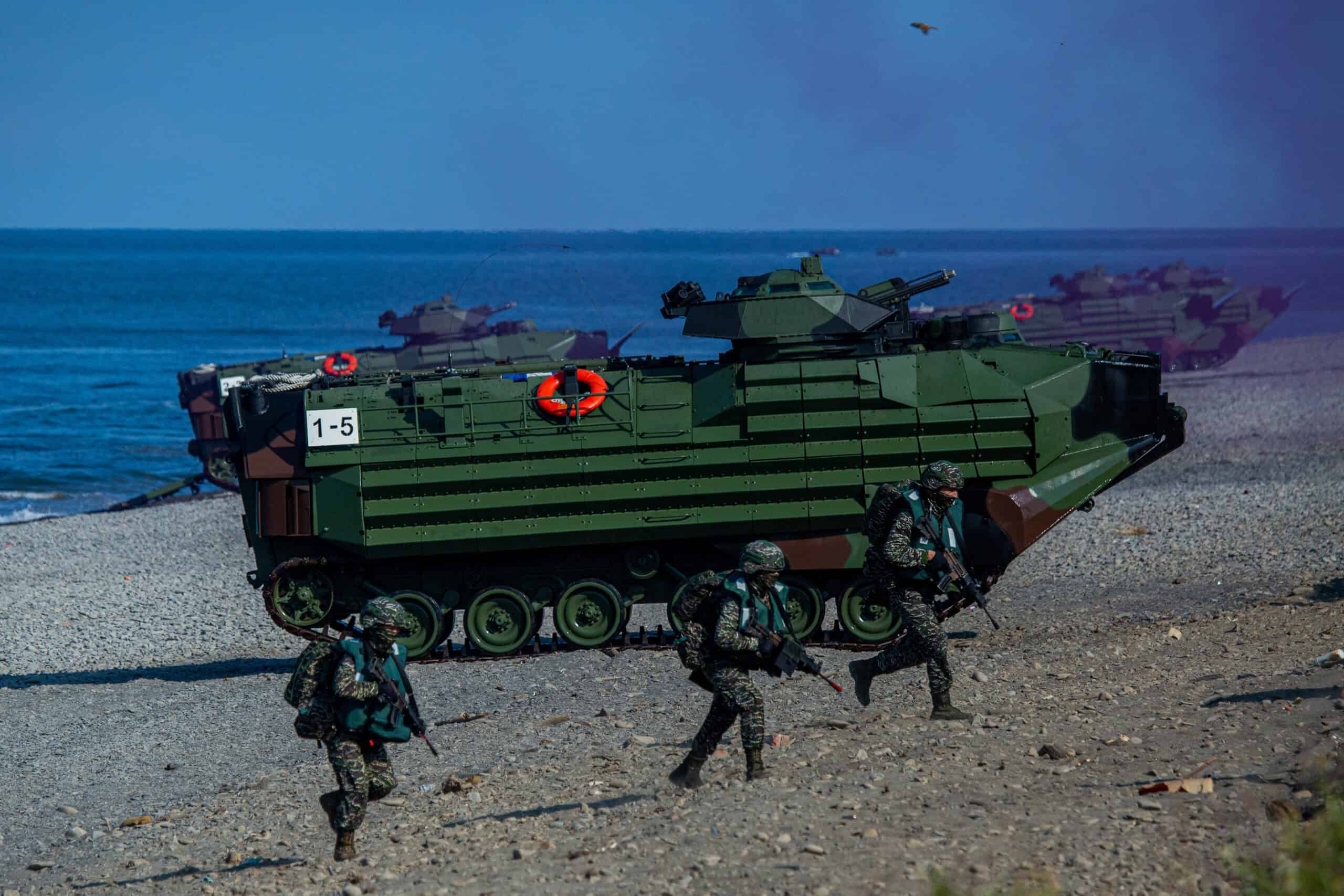
Taiwan’s standing army is much smaller than the PLA’s. However, Taiwan does have almost two million trained reservists to call upon in the event of an invasion. It also has the major advantage of fighting on home soil and only needs to defend around a dozen beaches. There will be no element of surprise and Taiwan has the rare luxury of knowing exactly where to defend. Moreover, Taiwan’s terrain heavily favors the defender. As enormous as China’s military advantage is, geography is a massive force multiplier in Taiwan’s favor.
An amphibious invasion is most vulnerable shortly after landing and the PLA lacks experienced commanders and battle-hardened troops. A poorly led assault can quickly get out of hand if inexperienced soldiers are thrown into combat but incompetent officers. The war in Ukraine illustrates this point perfectly. Russia’s forces were vastly superior to Ukraine’s but suffered from poor leadership and failed to win a swift victory.
If the ground is prepared properly with multiple fall-back points, Taiwan’s army can inflict huge damage every step of the way, denying the momentum a successful naval invasion requires. Even if the PLA makes a landing, a well-timed counterattack could throw the invading forces into chaos. Preventing a proper beachhead is paramount.
Asymmetric Warfare
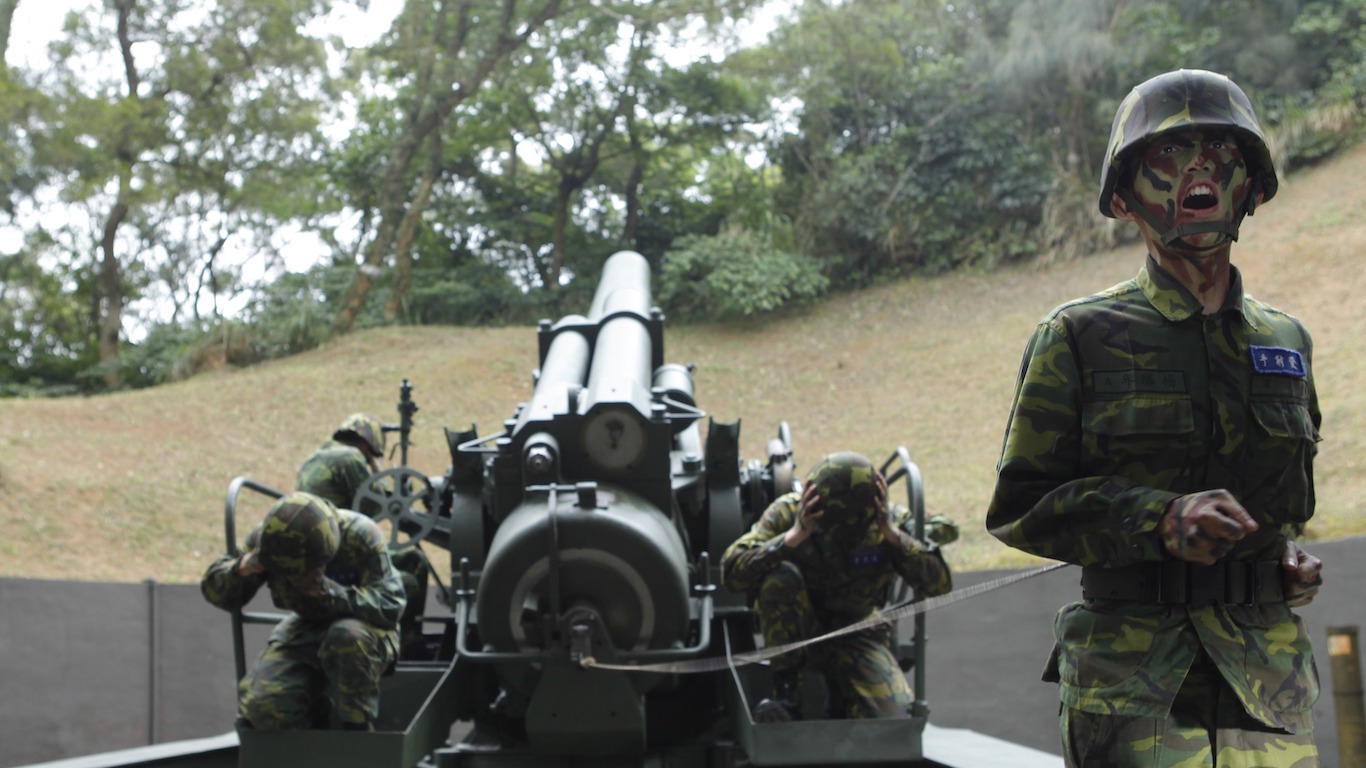
Even if China forces a landing and secures a beachhead, all is not lost. Taiwan’s mountainous terrain, dense subtropical forests, and sprawling cities are ideal for asymmetric warfare. Taipei is only the fourth largest city in Taiwan. Urban warfare is particularly hard on an attacking force. Conventional military wisdom states the attacking force should have a 3-to-1 advantage over the defending force to have a reasonable chance of success. In cities, that ratio effectively doubles to 6-to-1. US Army Doctrine describes avoiding urban environments in large-scale operations as ideal but not always possible. China simply won’t have the option to bypass Taiwan’s cities and will have to forgo much of its artillery, armor, and air support. Once again, the problems of a lack of operational experience and low-quality officers could have disastrous results for the PLA.
The capital falling to the PLA might not spell the end of the struggle. During the Chinese Civil, the Nationalists captured Ya’an, the Communist’s capital, in March 1947. That victory had little bearing on the war’s outcome. A suitably determined and organized guerilla force could hold out for years. China need only look to American and Russian struggles in Afghanistan and the Middle East to understand that conquest is only half the battle. A years-long insurgency could eventually drive out the PLA if the population is willing to weather the consequences. It will all depend on how strong the Taiwanese people’s will to resist is.
Conclusion
Going purely by numbers and industrial output, Taiwan’s military stands no chance against China’s but wars are not fought on paper. The terrain is heavily skewed in the defender’s favor, Taiwan is a natural fortress with relatively few points of entry. China’s military is huge and powerful but unproven in live combat, the PLA has not fought in a war since 1979 and that conflict lasted just four weeks. An amphibious landing is one of the most difficult military operations of all and this untested army will be against a well-prepared defender. The odds are firmly stacked against Taiwan but they’re not insurmountable. Deterrence should still be the main priority but that worst-case scenario must be prepared for.
Get Ready To Retire (Sponsored)
Start by taking a quick retirement quiz from SmartAsset that will match you with up to 3 financial advisors that serve your area and beyond in 5 minutes, or less.
Each advisor has been vetted by SmartAsset and is held to a fiduciary standard to act in your best interests.
Here’s how it works:
1. Answer SmartAsset advisor match quiz
2. Review your pre-screened matches at your leisure. Check out the advisors’ profiles.
3. Speak with advisors at no cost to you. Have an introductory call on the phone or introduction in person and choose whom to work with in the future
Thank you for reading! Have some feedback for us?
Contact the 24/7 Wall St. editorial team.
